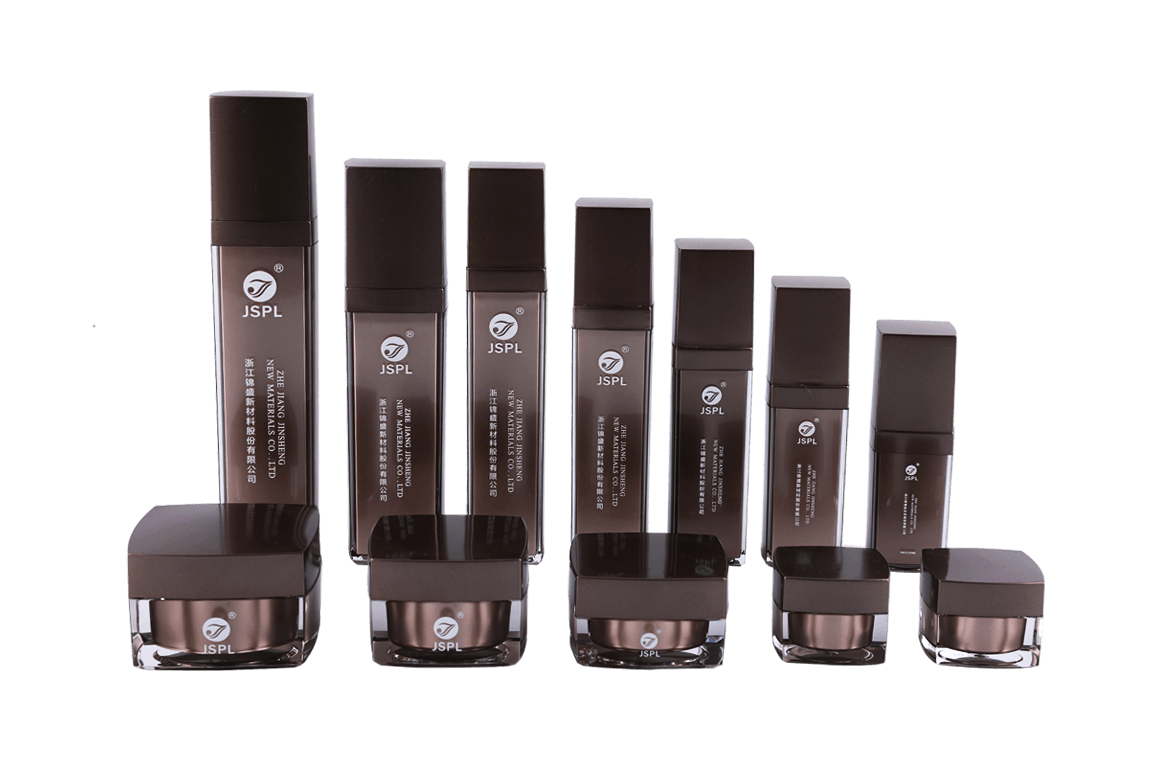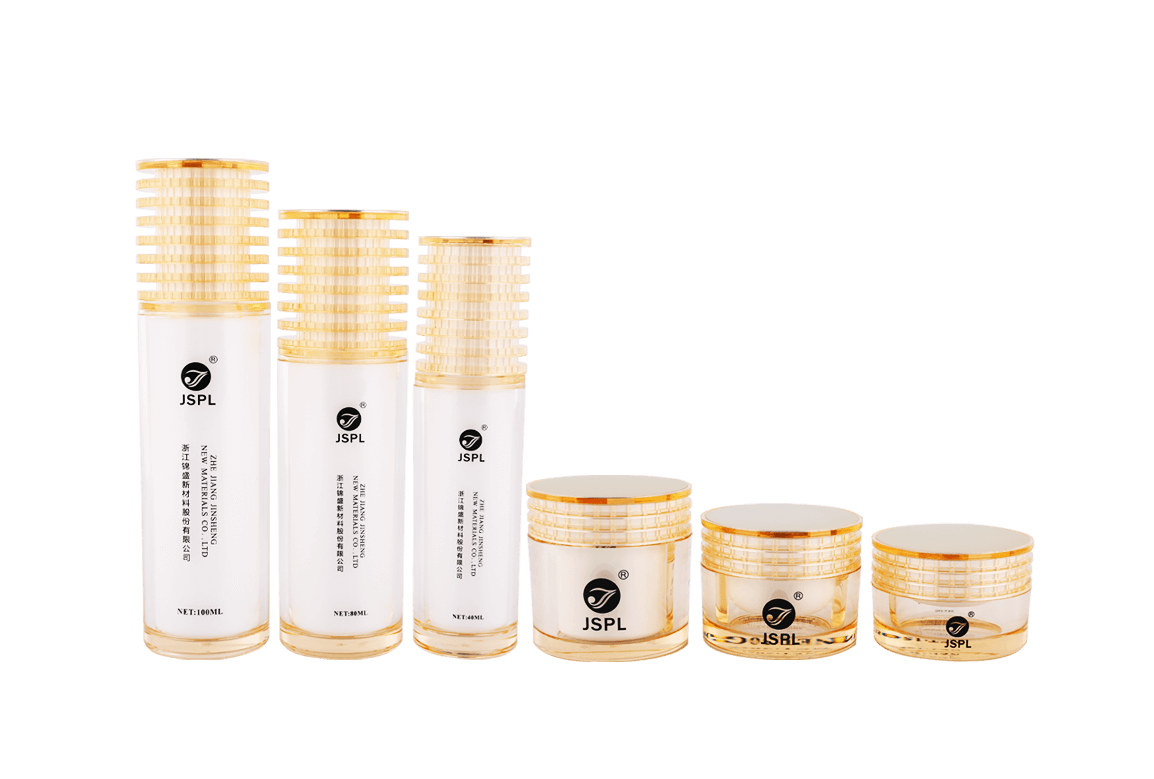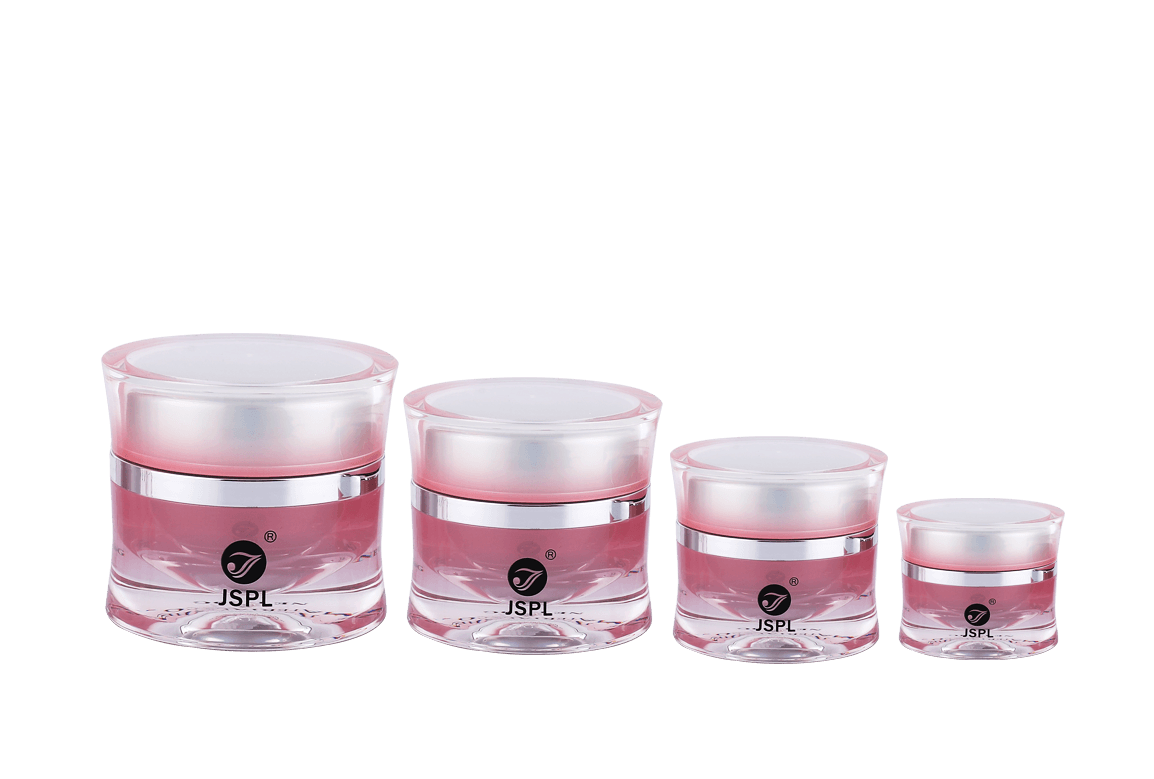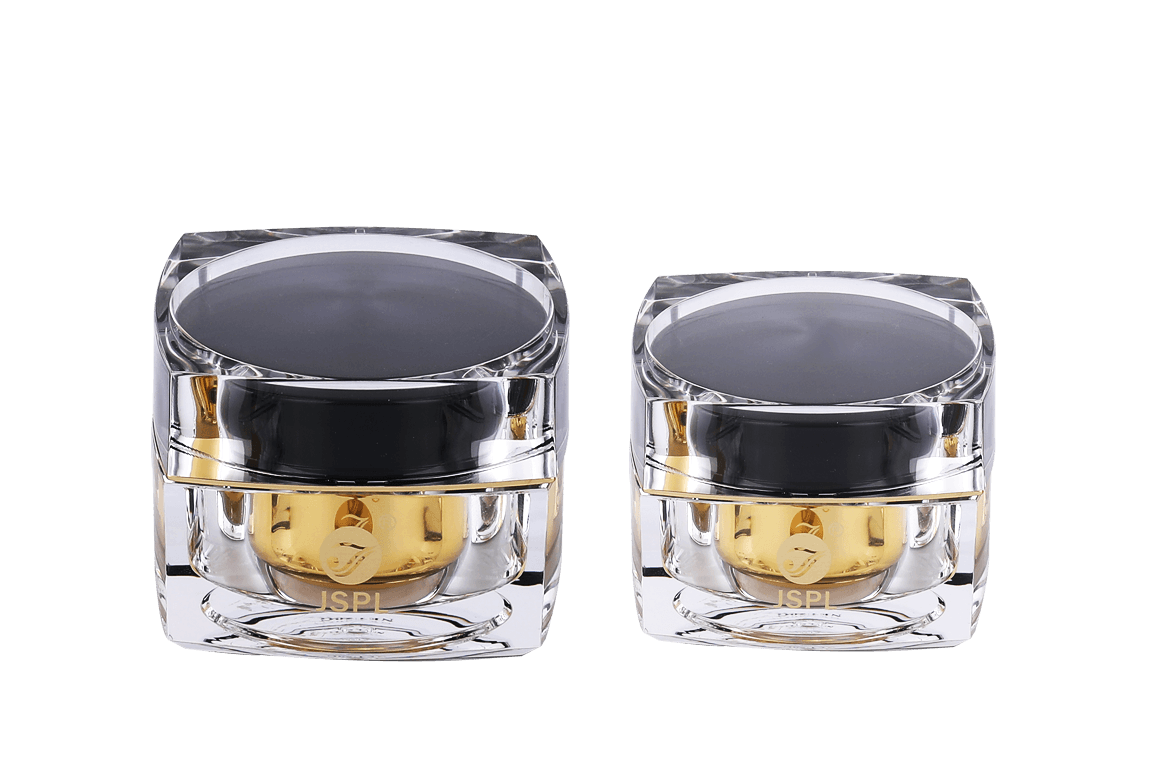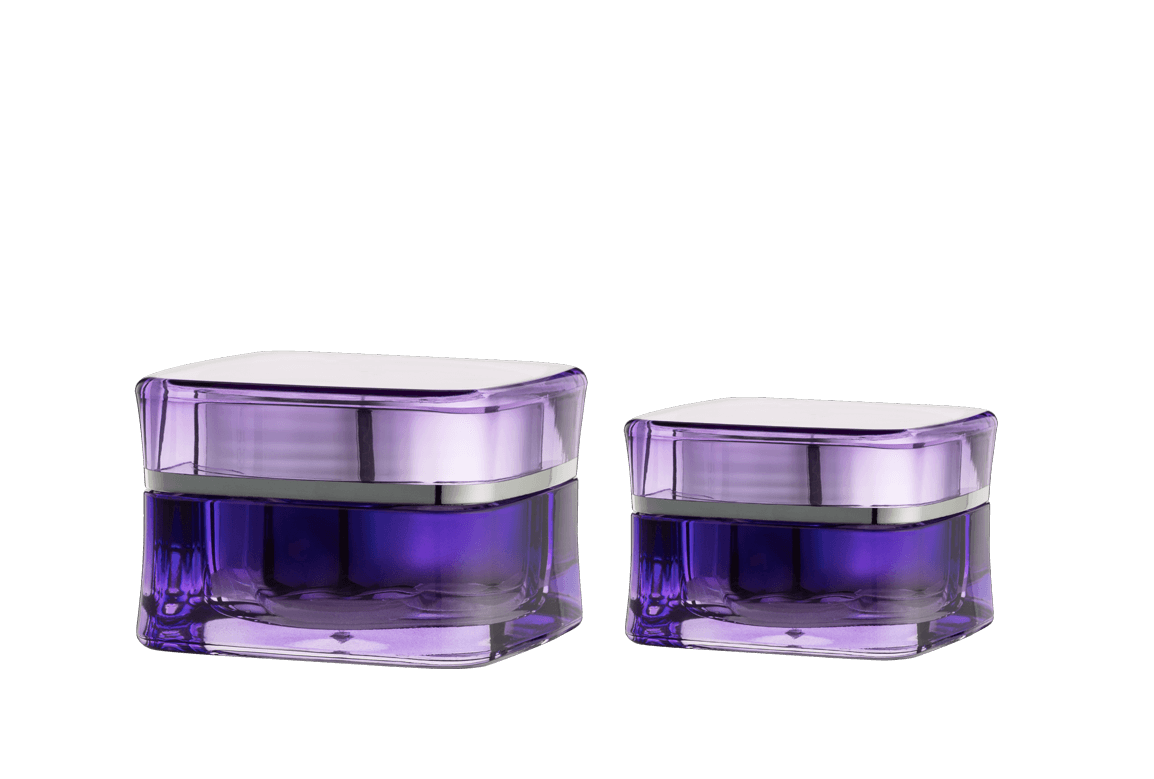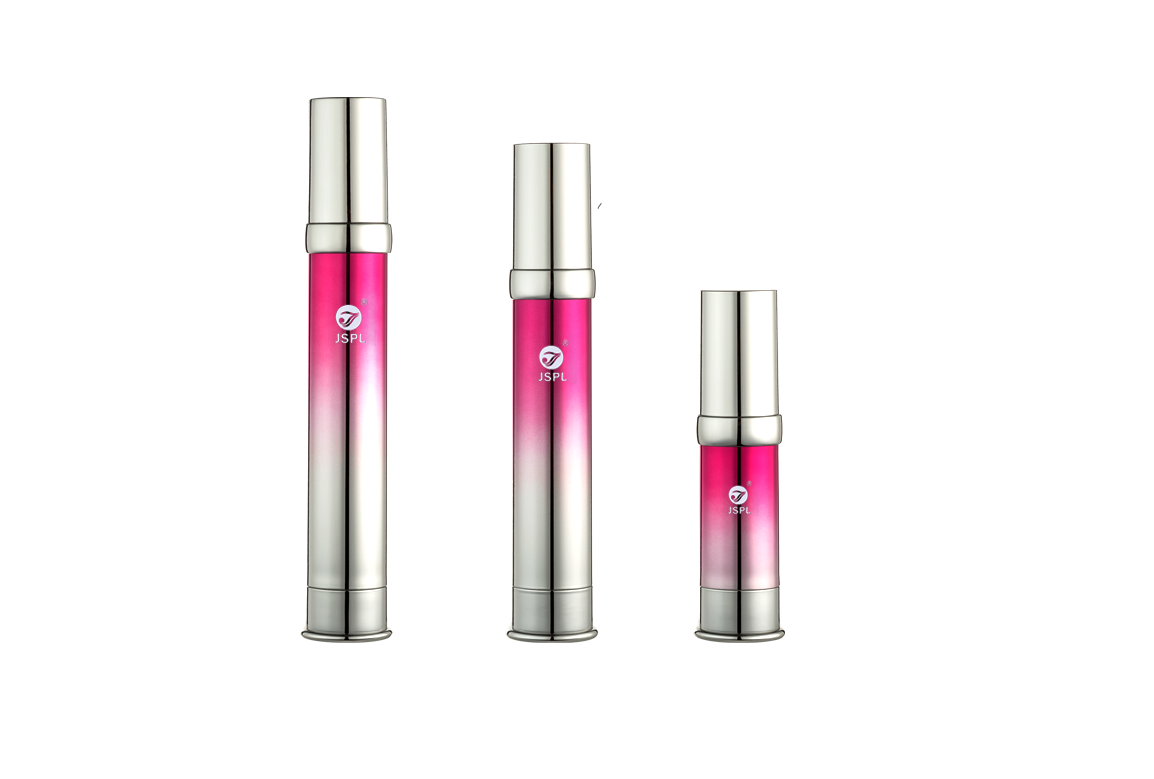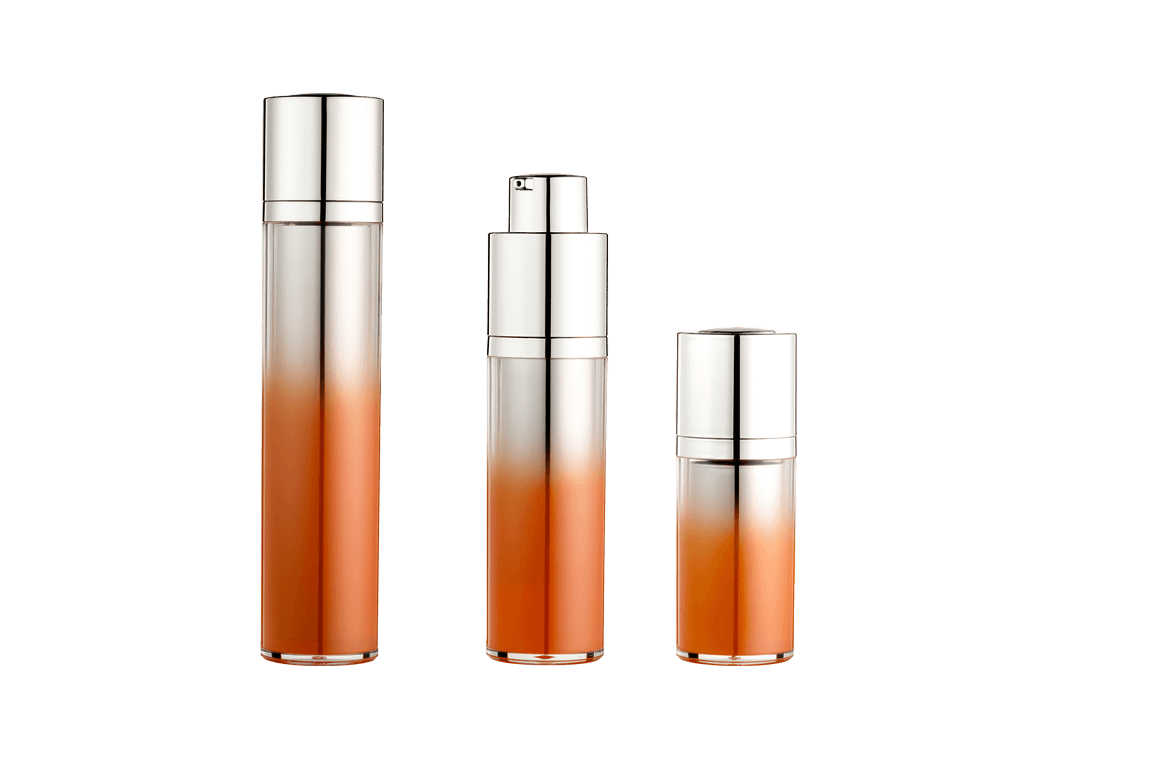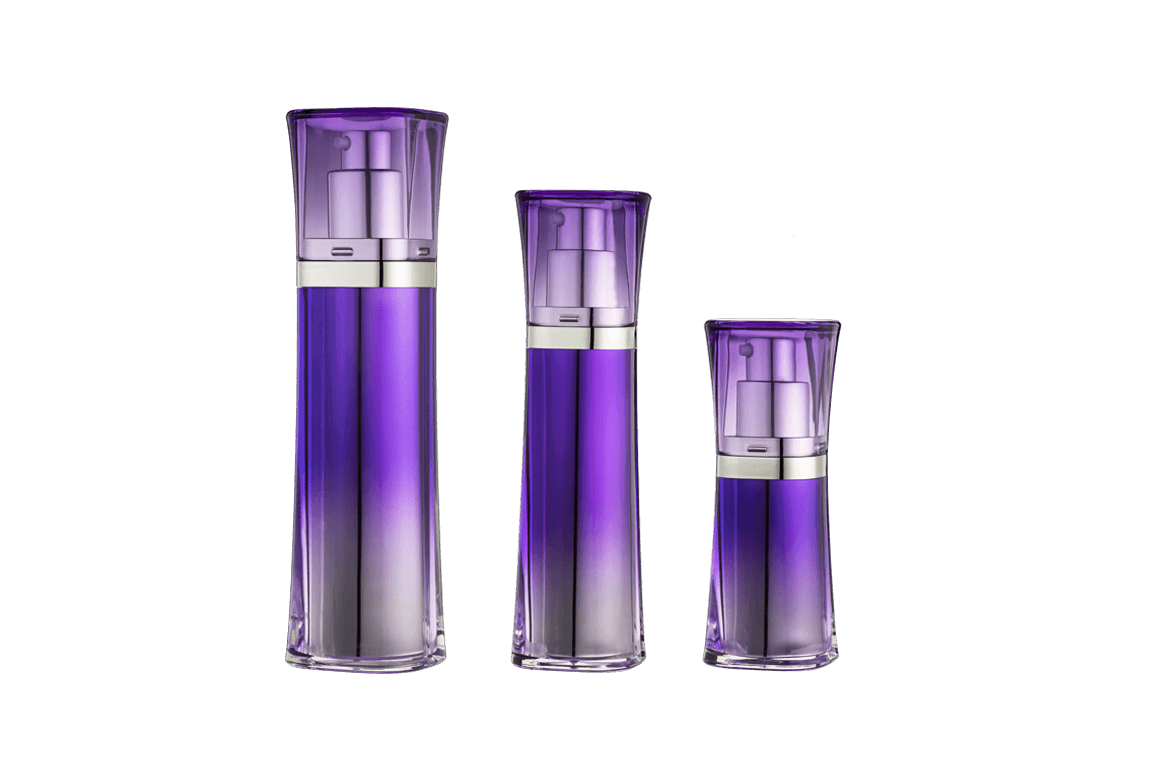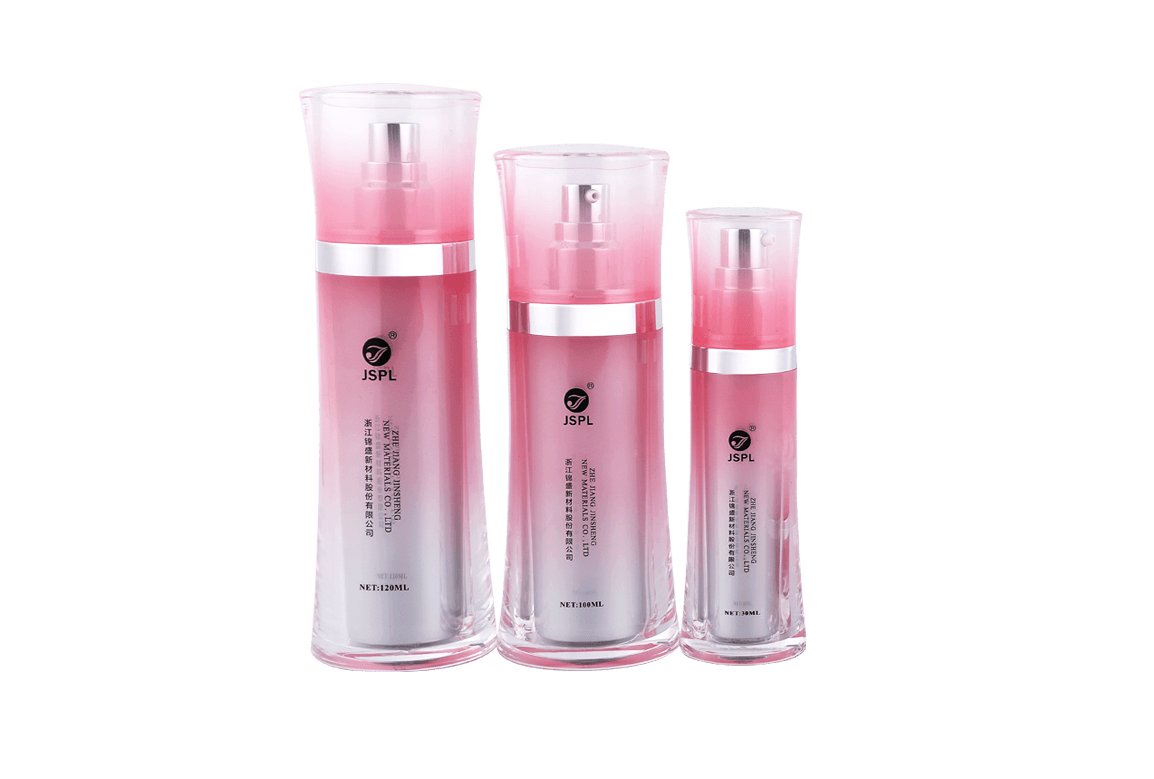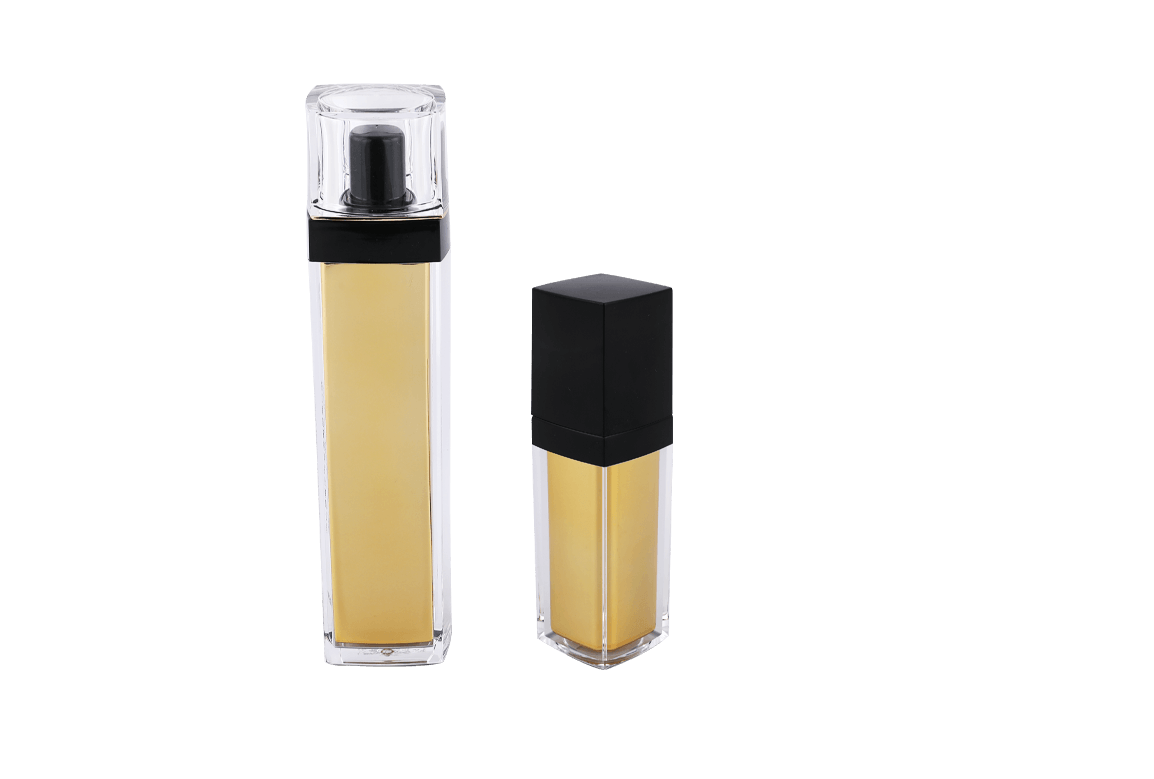PETG (polyethylene terephthalate copolymer) is a polymer material that is both transparent and flexible. It is widely used in the manufacture of high-end cosmetic jars in the field of cosmetic packaging. Stress cracking refers to the phenomenon that the material has fine cracks or even breaks when it is under the action of external force or internal stress and does not reach the theoretical breaking strength. This type of cracking in PETG containers is manifested as fine cracks along the stress concentration area, affecting the appearance quality, structural integrity and product safety.
Typical parts of PETG cosmetic bottles prone to stress cracking
Joint between the bottle mouth and the bottle body
Around the thread structure
Sharp turning area of the bottle body
Position of injection molding gate
Edge of printing or labeling area
Thickness transition area and joint seam
Main causes of stress cracking of PETG materials
Molecular chain structure is relatively sensitive, and residual stress is easily accumulated when the force is uneven
Uneven cooling of the mold leads to asynchronous shrinkage and internal stress
Sharp angles or sudden changes in wall thickness in the product design structure cause stress concentration
Local stress is generated in post-processing processes such as printing, thermal transfer, and labeling
Infiltration of cosmetic contents such as alcohol, fragrance, acid and alkali components aggravates the cracking trend
Uneven drying Sufficiently leading to residual moisture, affecting the stability of molecular arrangement
Key points of process control for effectively preventing PETG stress cracking
Material drying
PETG must be fully dried before processing
It is recommended to dry at 65℃70℃ for 46 hours
Insufficient drying will cause microbubbles and silver streaks during processing, increasing the risk of stress concentration
Optimization of molding temperature and cooling system
The injection molding temperature needs to be controlled within the range of 220℃~250℃ to avoid high temperature thermal degradation or insufficient low temperature viscosity
The mold cooling system should be designed with a uniform circulation arrangement to ensure temperature balance in each area of the mold cavity
Sufficient cooling time can reduce residual stress and improve product structure Structural stability
Rationalization of product structure design
Avoid sharp corner design, recommend internal and external rounded corner transition to reduce stress concentration
Control wall thickness uniformity, avoid sudden change in thickness, ideal deviation within ±5%
The structure of the bottle mouth and screw thread should be smooth to reduce stress concentration points
Precise control of injection molding process parameters
The injection pressure should not be too high, and it is recommended to use medium holding pressure to control material flow
The holding time should be set according to the product volume and wall thickness to prevent uneven shrinkage
Slow demoulding method reduces mechanical impact and avoids stress accumulation caused by premature ejection
Precautions for post-processing and packaging
Avoid using high-temperature printing or strong solvent inks to treat the bottle Surface treatment
Before labeling, it is recommended to use low-temperature plasma to enhance adhesion and avoid thermal shock
Soft foam or shock-proof pads should be used when packing and transporting to avoid multiple cans squeezing each other and causing cracking
The product storage environment is recommended to be controlled between 15℃~30℃ and relative humidity 45%~65% to prevent stress release caused by thermal expansion and contraction
Content compatibility control
Avoid high-concentration alcohol, strong alkali, and essential oil ingredients from directly contacting the PETG bottle body
It is recommended to conduct chemical resistance testing during the content formula design stage
Add barrier liners to ingredients with potential risks or choose coatings to treat the inner surface of the bottle
Long-term chemical compatibility verification through standardized tests such as ASTM D543
Quality inspection and stress testing methods
Use a polarimeter to detect whether there is abnormal internal stress distribution in the bottle body
Implement hot and cold cycle tests to simulate actual environmental stress release
Perform drop tests to evaluate the product's crack resistance during transportation
Regularly sample batches for UV aging and chemical erosion durability tests

 Chinese
Chinese España
España Italia
Italia Le français
Le français
